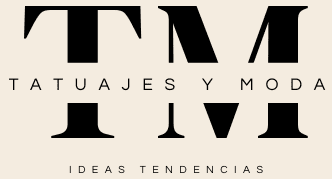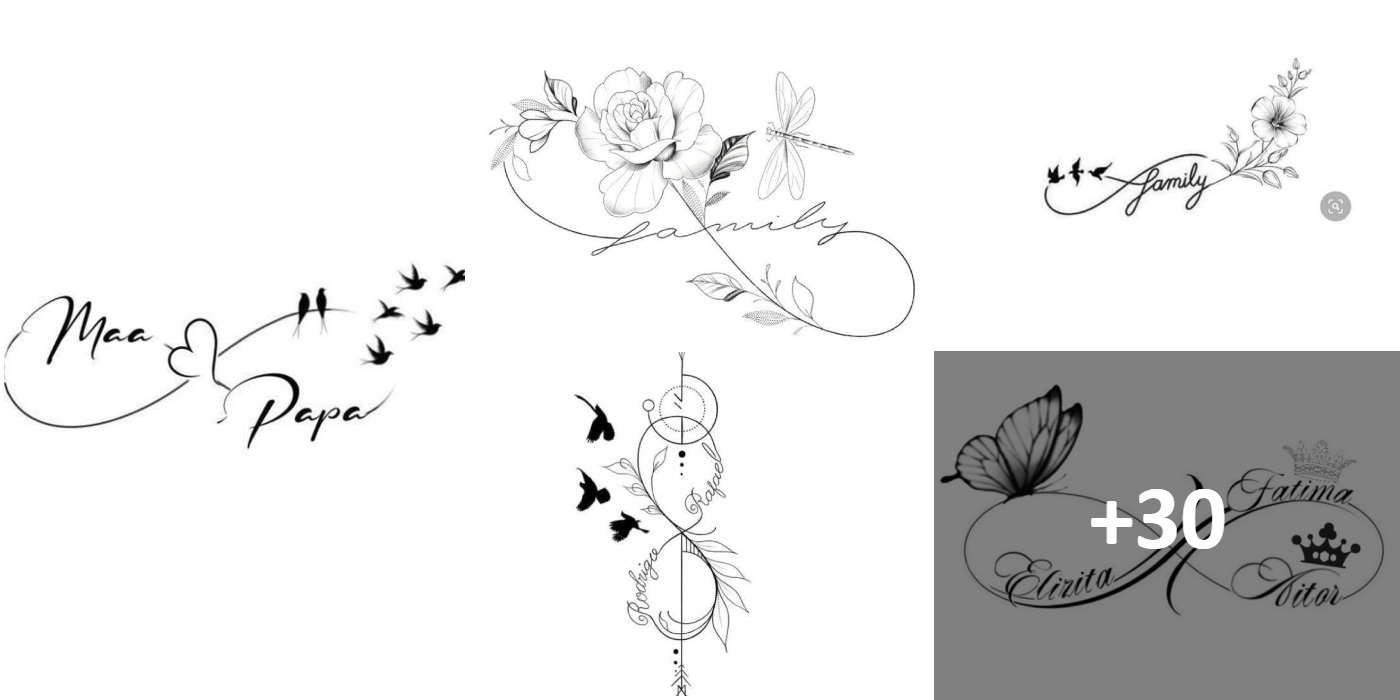
The Catrina Skull ('Stylish Skeleton', 'Stylish Skull') or catrina The Garbancera Skull
it's a recorded in zinc from 1910-1913 made by printmaker, cartoon illustrator and lithographer Mexican Jose Guadalupe Posada . It is offered as a satirical portrait of those native Mexicans who, according to Posada, aspired to adopt European aristocratic traditions in the days before the revolution. La Catrina has become an icon of the Mexican Day of the Dead, or Day of the Dead.

🈴 Check out our exclusive Image Gallery: 👇

The zinc engraving depicts a female skeleton dress only with a hat, his hat in attendance it is related to the European styles of the early 20th century. The original brochure describes a person who was ashamed of his indigenous origins and dressed in imitation of the French style while wearing heavy makeup to make his skin appear whiter. This description also uses the word chickpea , a nickname given to people of indigenous descent who imitated the European style and denied their own cultural heritage.







♋️ Tattoos of Mothers Children and Family【+500 Exquisite Designs】Selected 👇
🔥Select a topic of your interest:🔥👇
👉 Tattoos of Mothers Children and Family👩👦









More info about La Catrina:
Rivera's mural was painted between the years 1946 and 1947, and is the main work of the "Museo Mural Diego Rivera" adjacent to the Alameda in the historic center of Mexico City. It is 15 meters long and is located at the end of the Alameda Park. The mural survived the 1985 earthquake, which destroyed the hotel, and was later moved across the street to the Diego Rivera Mural Museum , built after the earthquake for the purpose of housing and displaying Rivera's restored mural.
Rivera's mural represents the culmination of 400 years of Mexico's leading figures, including himself, Posada and his wife Frida Kahlo. Taking inspiration from the original print, Rivera gave Calavera body and more identity in her elegant outfit as she is balanced between him and Posada. The intention seemed to be to show the tradition of welcome and consolation that Mexicans have with death and especially the identity of a Lady of the Dead, going back to the heritage of the Aztec goddess Mictecacihuatl. As explained by LA curator David de la Torre Plaza de Cultura y Artes, a Mexican-American museum and cultural center in Los Angeles, California, USA, Catrina has come to symbolize not only the Day of the Dead and the Mexican willingness to laugh at it. death itself, but originally Catrina was a women elegant or well-dressed, that's why he refers to rich people, de la Torre said. «Death brings this neutralizing force; we are all equal in the end. Sometimes you have to remind people."
“La Catrina has become the referential image of Death in Mexico, it is common to see her embodied as part of the Day of the Dead celebrations throughout the country; It has become a reason for the creation of crafts made with clay or other materials, their representations can vary, just like the hat. – JG Posada
Although these interpretations seem to ignore the full relationship that Mexicans have with death, as well as the macabre humor that links the cycle of life, death and ceremony that the Aztecs had, it must be understood that few countries pay homage to the death of the country. . as Mexico does; offerings, songs, respect and humor are common expressions of Mexicans towards death. The European ties are there for both comic effect and to represent the symbolic shell in which Europe covered Mesoamerica, but the native bones are still inside.




